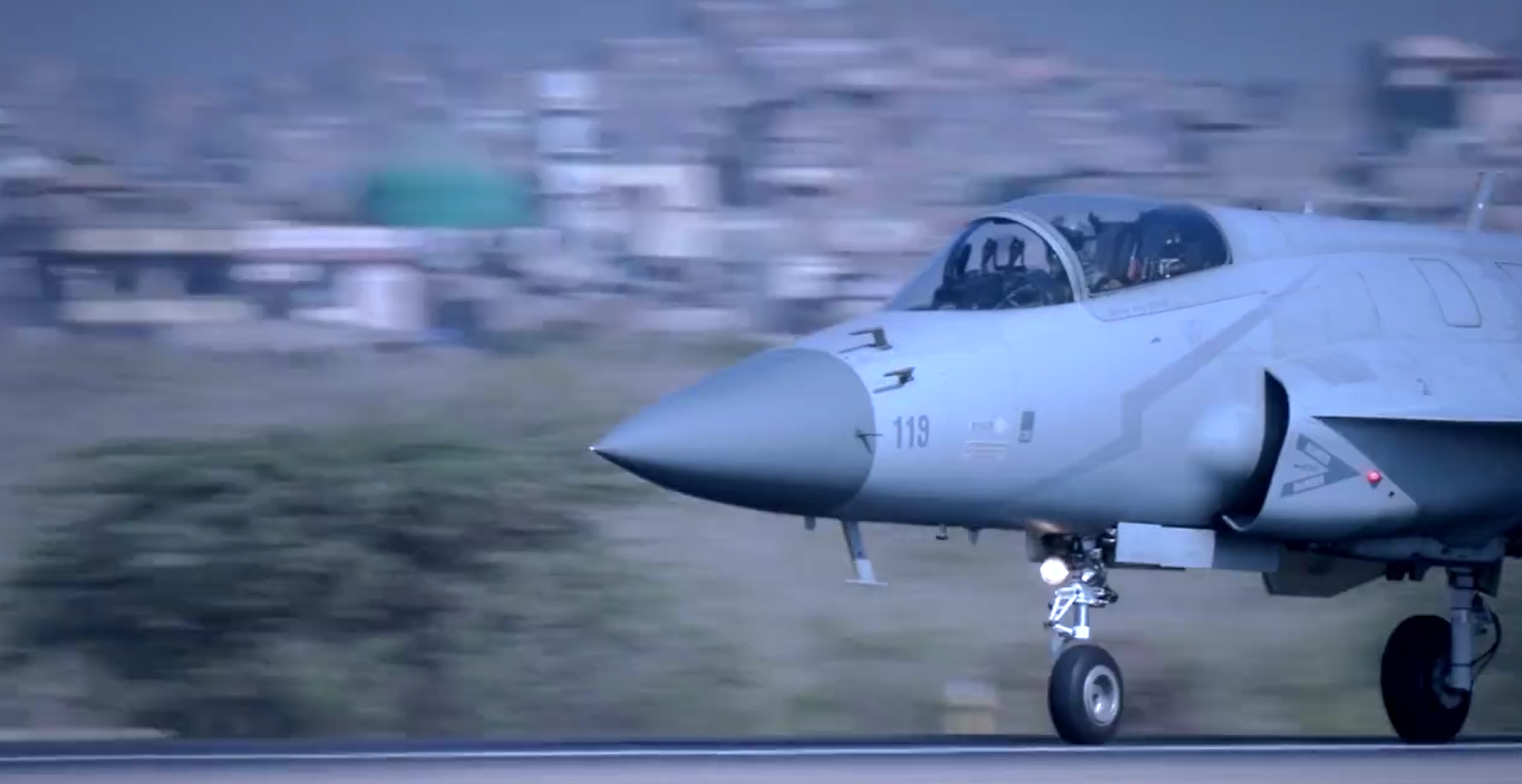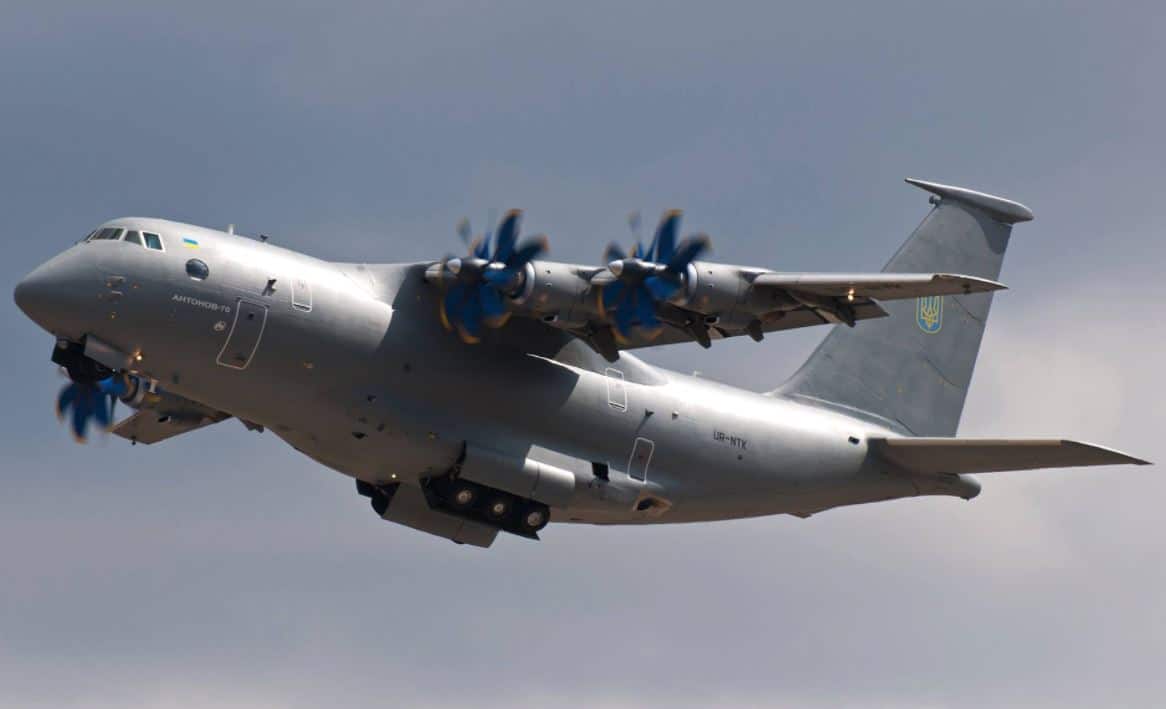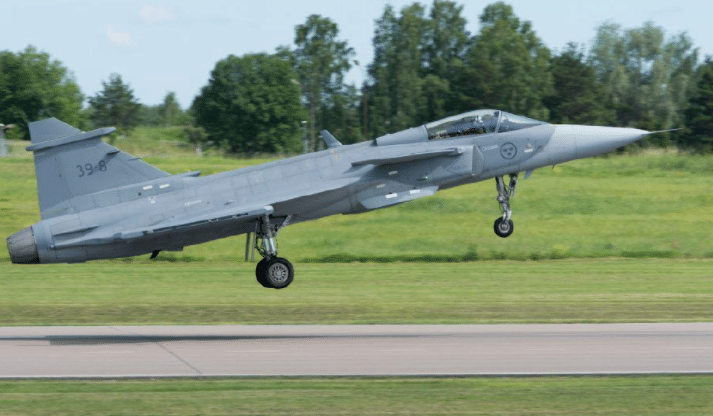3068Views 3Comments

Could Pakistan re-approach Argentina on JF-17?
With its efforts to buy 14 Israel Aircraft Industries (IAI) Kfir C.10 falling through, the Argentine Ministry of Defence is looking to acquire 12-14 Northrop F-5E Tiger IIs from the U.S. instead. Although cued as a stop-gap fighter (until such time a modern multi-role platform could be acquired), it is evident that the Argentine Air Force has very few options available to fulfill its needs.
Argentina’s pursuit for a new multi-role fighter has been eventful, to say the least. Its program started in 2013 when it tried to acquire a number of Spanish Air Force Mirage F-1s, but the Argentine government’s inability to fund a purchase and a number of technical issues scuttled the deal. Later, Argentina sought ex-Israeli Air Force IAI Kfirs, but uncertainty around the condition of the aged airframes and insufficient backing from the Argentine government put a wall ahead of that route. By 2014, Argentina began to think about Chinese and Russian fighter aircraft; nothing came of that route either. In 2014 or 2015, someone brought up the idea of acquiring the JAS-39 Gripen, but that fighter’s heavy usage of British components made it a non-option. Argentina returned full-circle to the IAI Kfir, but to no avail.
It is evident that Argentina’s fighter acquisition route suffers from two main obstacles: First, Argentina’s inability to fund a purchase with cash. Second, a severe lack of options in terms of new-built multi-role fighters, thus pushing it to mothballed platforms such as the Dassault Mirage F-1, IAI Kfir, and Northrop F-5 Tiger II. In a few ways, Argentina’s situation is not too far from that of Pakistan, but the latter does have a new multi-role fighter solution coming to fruition as we speak.
But the similarities are genuine, especially in terms of financing and lacking options; this reality could favour Pakistan’s prospects of selling the JF-17 – if it executes a well-targeted engagement strategy.
Argentina has a predisposition to Western systems, and as such, it likely would (as it had before) prefer to use the JF-17 with Western radars, avionics, and air-to-air/air-to-surface munitions. However, its reality does not line up with its expectations. There are no new Western platforms available to it, and if it were to manage to secure one, Western munitions – primarily offered by MBDA – could be withheld due to British influence. There are wild cards in the form of Israel and South Africa, but in these scenarios, Argentina would have to foot the bill for integration and testing.
The Pakistan Air Force (PAF) is in the unique situation of actually understanding the Argentine Air Force’s predicament. For example, the PAF would prefer Western subsystems and munitions, but it understands that its options are few (due to cost and lack of access). Despite this, the PAF still looks for the best available options on the market, irrespective of whether those options are Chinese, Brazilian, South African, Turkish, or even European. It pursues those options, and in the process, absorbs the integration costs – case in point the Mectron MAR-1 anti-radiation missile. This could potentially continue through the Denel Dynamics A-Darter and the Aselsan ASELPOD targeting pod.
In the end, the Argentine Air Force would benefit from an already customized solution tailored to address a dense set of complex problems. These include precision-strike, stand-off range strike, maritime support, air defence (against top quality aerial opponents), controlling costs, and maintaining resiliency in the face of sanctions and other politically precarious situations. In other words, the PAF has absorbed the cost and complexity of tailoring the JF-17 for a very difficult set of problems (arguably above what Argentina is dealing with today), and the benefits are available to the Argentine Air Force.
This would have been a bit more difficult to demonstrate in the JF-17 Block-I days, i.e. when the fighter was only comprised of Chinese-origin major subsystems and munitions. But with the Block-II, the customized nature of the platform is becoming more apparent. By Block-III, it will be very apparent. Furthermore, there is a clear advancement in terms of the JF-17’s avionics and weapon systems. For example, the Block-I and Block-II use third-generation all-aspect within visual range air-to-air missiles (WVRAAM); the Block-III will utilize a high off-boresight fifth-generation WVRAAM.
To summarize, Pakistan would have to clearly demonstrate that the JF-17 is already a customized solution, and that this solution is designed to tackle very complex problems (and is thus sufficient for Argentina). Furthermore, it would have to show the Argentine Air Force that a clear upgrade path for the JF-17 has been laid (due to the PAF’s requirements), and as a result, it would not be burdensome on Argentina. Another key aspect is the forthcoming availability of the dual-seat JF-17B, which will not only serve as a conversion system for the JF-17, but potentially as a lead-in fighter trainer as well.
One central sticking point will be cost. Neither Argentina has the funding to immediately buy the fighters, nor can Pakistan provide it a line of credit or flexible term financing. China may seek to pursue its wider economic interests in Latin America, so it may offer a credit route. On the other hand, because Pakistan Aeronautical Complex (PAC) will remain busy with producing for the PAF’s needs, there may not be a need for Argentina to put down a deposit. The fighter is already in production. Instead, whenever Argentina has the means to pay for fighters, PAC could allocate a number already in production of the PAF. This can alleviate some of the risk involved for both Argentina and Pakistan.



3 Comments
by Abdul Rashid
Hey,the JF-17! Now we’re talking!
by WARRIOR
Good option for them much better than the old jets they r trying to get
by Nicky
The Argentinians are running out of options and Pakistan should do a Road Show to Argentina and show off the JF-17 to them. That’s why the JF-17 is looking more attractive to them because their options from America, Europe and Russia are running lower by the day.